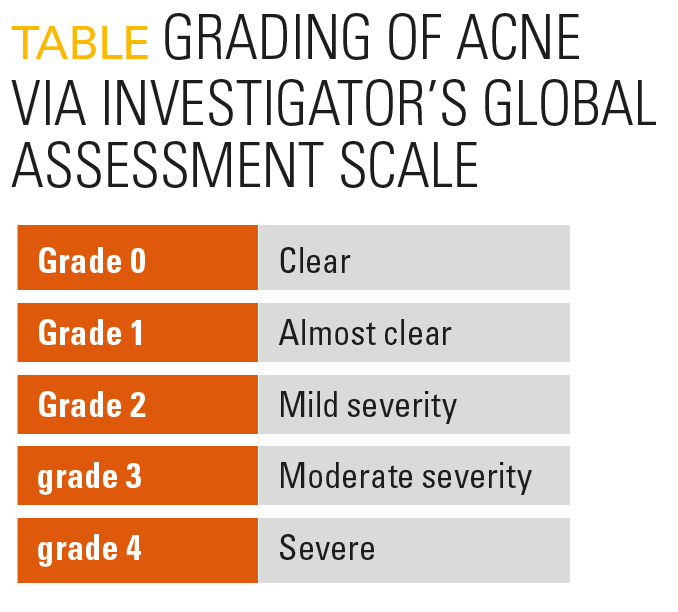- Acne
- Actinic Keratosis
- Aesthetics
- Alopecia
- Atopic Dermatitis
- Buy-and-Bill
- COVID-19
- Case-Based Roundtable
- Chronic Hand Eczema
- Chronic Spontaneous Urticaria
- Drug Watch
- Eczema
- General Dermatology
- Hidradenitis Suppurativa
- Melasma
- NP and PA
- Pediatric Dermatology
- Pigmentary Disorders
- Practice Management
- Precision Medicine and Biologics
- Prurigo Nodularis
- Psoriasis
- Psoriatic Arthritis
- Rare Disease
- Rosacea
- Skin Cancer
- Vitiligo
- Wound Care
Article
Acne vulgaris in teenagers
Author(s):
It effects most teenagers and can lead to mental distress. Here are 5 important facts about acne vulgaris in adolescents.
Approximately 85% of teenagers are affected by acne vulgaris at some point; up to 20% may develop facial scarring, which can be severe and permanent. Acne can also lead to psychological distress, lower self-esteem, anxiety, and even depression.
For these reasons, acne vulgaris should be treated promptly; in this article, we will discuss the condition in patients aged 13 to 19 years.
1. What causes acne vulgaris?
This inflammatory skin condition, which appears most commonly on the face (but can also affect the chest, shoulders, and upper back), often occurs because of a blockage of the pilosebaceous unit, increased sebum production, altered keratinization, and increased colonization of Cutibacterium acnes.
2. Are there common triggers and risk factors for acne?
Changes in hormones commonly trigger teenage acne. Testosterone usually increases during puberty and is one of the main causes of teenage acne. Many patients may believe that this hormone is only a trigger in boys, but testosterone levels also peak in girls around puberty. In most patients, the acne will resolve in adulthood.
Some common risk factors for acne include genetic predisposition, anxiety, stress, menstrual cycle, heat, and humidity. Use of cosmetic products, poor skin hygiene, and pregnancy may also trigger acne. Steroid use is another common trigger and may be seen in both male and female athletes who desire more muscle mass to improve their performance.
3. What are the different types of acne? How is it graded?
Acne can be comedonal, papulopustular, mixed, or nodular. In terms of severity, there are numerous different grading methods. It is crucial to recognize the type of acne because the clinical type and severity may affect treatment. The US Food and Drug Administration recommends grading acne via an Investigator’s Global Assessment scale (Table).
Table

4. How is acne vulgaris treated?
Common topical and oral treatments include salicylic acid, benzoyl peroxide, antibiotics, and retinoids. Oral isotretinoin (a retinoid) is by far the most effective, but this drug has the potential to cause numerous adverse events, including birth defects, liver abnormalities, and inflammatory bowel disease. Most clinicians will determine treatment based on both the clinical type and severity of acne.
5. What conditions contribute to severe acne in teenagers?
Polycystic ovarian syndrome, Cushing syndrome, and congenital adrenal hyperplasia can lead to the development of acne in teenagers and will be accompanied by other symptoms. For example, with polycystic ovarian syndrome, patients may have irregular menstrual periods, excessive body hair growth, and hair thinning.
This was originally posted by our sister publication Contemporary Pediatrics.
Newsletter
Like what you’re reading? Subscribe to Dermatology Times for weekly updates on therapies, innovations, and real-world practice tips.











